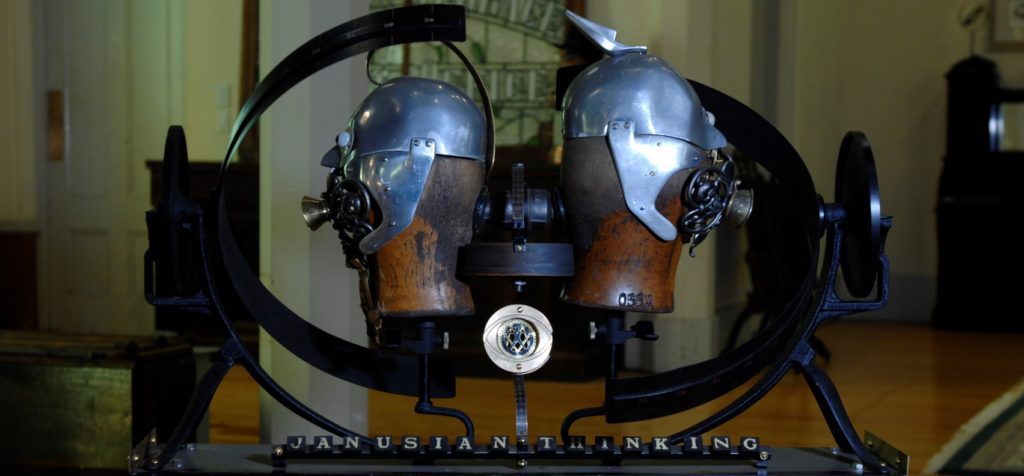

Bruce Rosenbaum, the Steampunk Guru according to The Wall Street Journal and others, believes the best approach to design thinking and the greatest design innovations are grounded in Steampunk.
It is indisputable that the computer is a world-changing creation. While it was not widely adopted until the later part of the twentieth century, an outside-of-the-box thinker nearly changed the course of humankind with his inventiveness over a century earlier. In the mid-1830s, Renaissance man Charles Babbage developed the Analytical Engine. His design had the capacity to be the world’s first computer, but it never came to fruition because he lacked necessary funding. His originality represents everything Steampunk stands for — the combination of historical resources and advanced technological thinking to create a groundbreaking, retro future.
In the 1980s, Cyberpunk was all the rage, with films and pop culture envisioning how technology might present itself in the future. Movies, such as Terminator, embody this era. Science fiction writer K.W. Jeter sought to turn the prevailing trend on its head. He, and other innovators of the time, imagined the Victorian period or the Industrial age with access to modern technology. These pioneers envisioned the opposite of an extrapolated future and instead established an alternate, reimagined history. It was the beginning of Steampunk as a formal concept.


Steampunk fuses art, technology and history, and necessitates multi-directional thinking. The genre’s complex nature, according to Steampunk advocate Bruce and academics alike, is key to improving one’s approach to design. Albert Rothenberg, a psychiatrist who studied the creative process, called this approach “Janusian Thinking.” The concept is named after the Roman god Janus, who is depicted with two heads facing opposite directions and represents the middle ground between concrete and abstract dualities. Rothenberg discovered that great problem solvers focused on a problem in the present, while also looking to the past and future.
Linear thinkers draw a line between the Problem and the Solution, and methodically work their way towards the Solution. Those who successfully realize Janusian Thinking are not linear thinkers. Instead, they are divergent thinkers who draw inspiration from different spaces simultaneously. In fact, they place the Problem in the center and intentionally develop two opposite Solutions. Magic happens when these innovators creatively synthesize their Solutions to solve the Problem…

